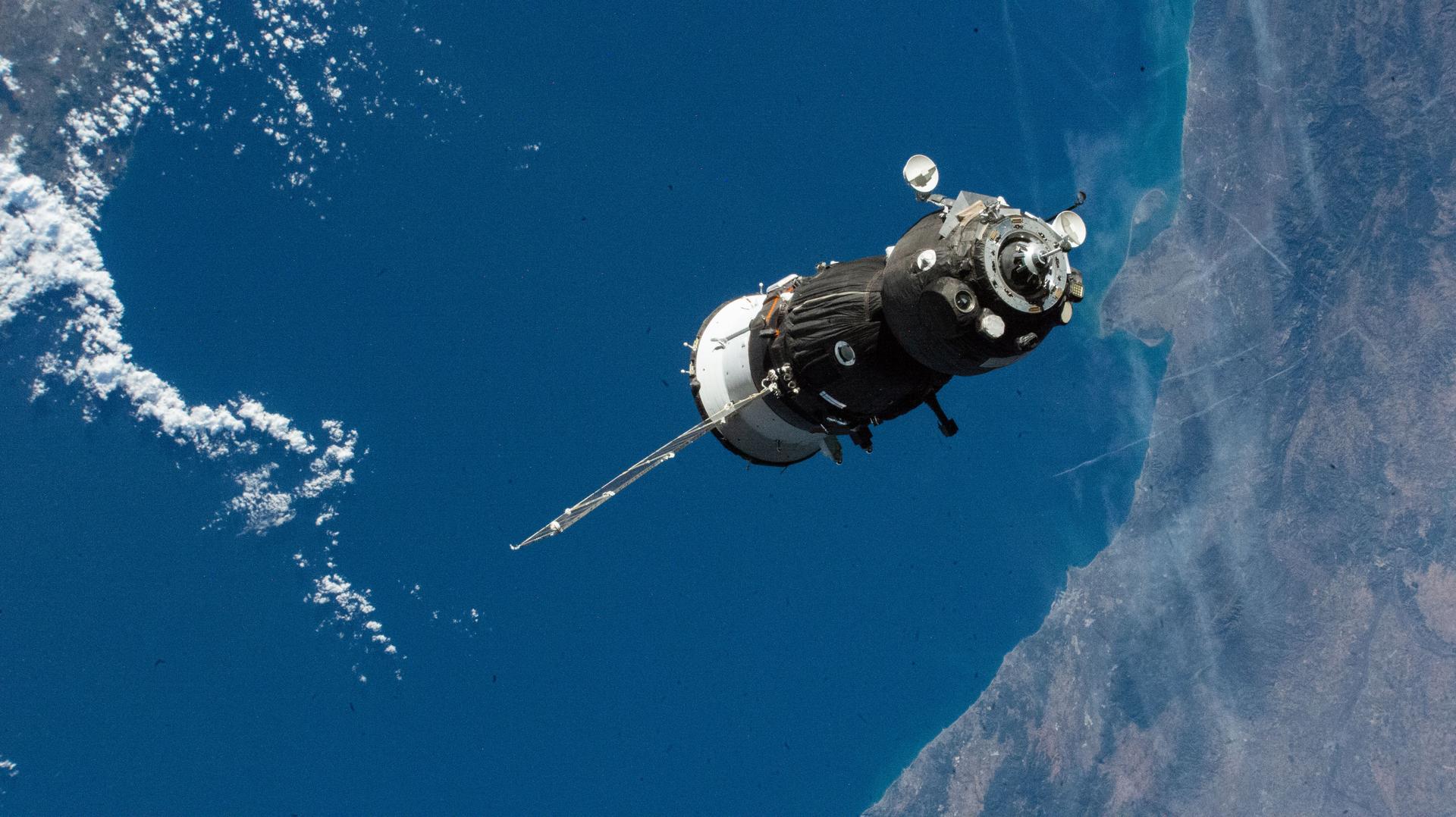Space Station Seen as Portal to Moon, Mars and Beyond
HOUSTON, Texas - TheInternational Space Station is an invaluable teaching tool for hardware andassembly ideas required to install a permanent base on the Moon and fordispatching humans onward to Mars.
Theorbiting outpost--still being built--shouldn't be thought of as completelyfinished anytime soon, said William Gerstenmaier, NASA's Space OperationsMission Directorate Associate Administrator.
"It'sreally more than completing the space station. We're learning assemblytechniques that can be used for exploration. As we go to Mars we're not goingto be able to do that Mars journey with a single spacecraft launch. We're goingto have to do some type of assembly in space," Gerstenmaier said.
Gerstenmaierspoke today here at the 2nd Space Exploration Conference - Implementing theVision, organized by the American Institute of Aeronautics andAstronautics.
What works, doesn't work
"Weget a chance to learn what works and doesn't work" on the International SpaceStation (ISS), Gerstenmaier added, valuable lessons learned for a Moon base andthe long journey by crews to Mars. "The space station is not just aboutcompleting it but how it fits into the larger goal of exploration."
Re-supplyof the ISS has spotlighted how best to re-supply crews on the Moon and forlater human voyages to the red planet, Gerstenmaier said. Moreover, the ISS hasshown "what works and doesn't work...what's too complicated...takes too muchtime...what involves more risk than necessary," he said.
Breaking space news, the latest updates on rocket launches, skywatching events and more!
ISSexperience has yielded insight into the redesign and change of systems so thatvoyages to Mars can be made more routine, Gerstenmaier noted.
Lessons learned
NASAannounced yesterday that the space agency is putting at the top of a beyondEarth agenda the establishment of a Moon base.
"Wehave made the determination that we're going to be 'base-centric'; get as muchmass down to the surface of the Moon and leave it there ... to build upinfrastructure," said NASA's Scott Horowitz, Exploration Systems MissionDirectorate Associate Administrator.
Thatability to land substantial hardware on the Moon for use by crews on the Moonis a pattern akin to what is planned for later Mars expeditions, Horowitz said.


Withthe space station, the sphere of human influence has been extended to a coupleof hundred miles above the Earth. That human influence will be taken to acouple hundred thousand miles from the Earth to the Moon, Horowitz said.
"Andthose lessons learned will be extended as we take ourselves a couple of hundredmillion miles away from Earth," Horowitz added, to the planet Mars.
Thick and thin
Gettingboot prints on Mars won't be easy, suggested Lisa Porter, NASA's AeronauticsResearch Mission Directorate Associate Administrator. A major challenge is Marsentry, descent and landing of large human-carrying spaceships.
"Ina nutshell, this is an extremely challenging problem," Porter advised. Theatmosphere of Mars is thick enough to become worrisome in terms of spacecraft heatingissues during entry. But it is also thin...so thin that how to handledeceleration of large landing ships is a concern.
"Soit's a very tricky atmosphere to deal with. Quite frankly, given where we aretoday, and the payloads we're talking about for humans, we can't get there fromhere right now given the knowledge that we have," Porter said. "We have a lotto learn...we have a lot to do in order to be able to put those kinds of payloadson Mars safely."
- Top 10 Moon Facts
- NASA Unveils Strategy for Return to the Moon
- Scientists Gather to Plan Observations from the Moon
- Images: Future Vision: Lunar Base

Leonard David is an award-winning space journalist who has been reporting on space activities for more than 50 years. Currently writing as Space.com's Space Insider Columnist among his other projects, Leonard has authored numerous books on space exploration, Mars missions and more, with his latest being "Moon Rush: The New Space Race" published in 2019 by National Geographic. He also wrote "Mars: Our Future on the Red Planet" released in 2016 by National Geographic. Leonard has served as a correspondent for SpaceNews, Scientific American and Aerospace America for the AIAA. He has received many awards, including the first Ordway Award for Sustained Excellence in Spaceflight History in 2015 at the AAS Wernher von Braun Memorial Symposium. You can find out Leonard's latest project at his website and on Twitter.
